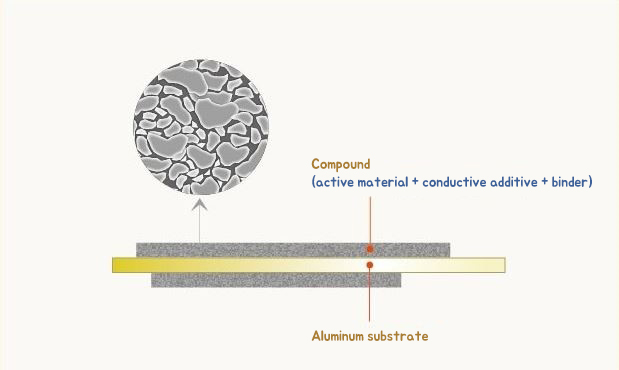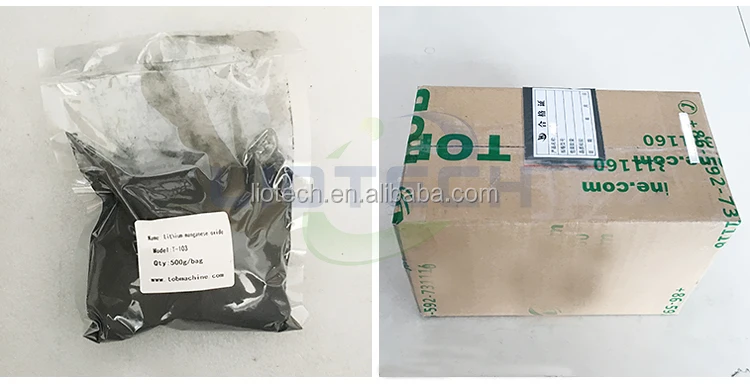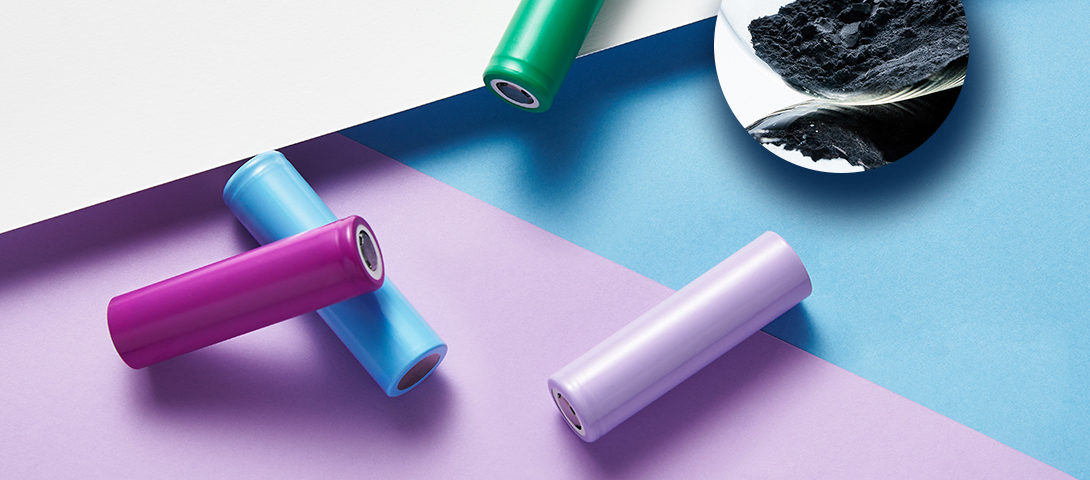

As a result, there has been a significant amount of LSB research carried out over the past decade with a focus on developing fundamental understanding, modelling, and component materials. When compared with the current forms of the lithium-ion battery (LIB), LSBs have higher specific energy (calculated to be approximately 6–7 times that of their LIB equivalent), superior safety, and lower unit cost due to the relatively high availability of sulfur.

The lithium-sulfur battery (LSB) is one of the most promising candidates to be the next-generation rechargeable battery, i.e., the post-lithium-ion battery. Various types of new energy storage technologies such as multi-ion batteries, sodium-ion batteries, metal-air batteries, ultra-capacitors, all-solid-state batteries, and redox-flow batteries are currently under development. It will be also presented that by preparing cathode with suitable materials and morphological structure, high-performance LSB can be obtained. One critical issue is that polar material should be more favorable than non-polar carbonaceous materials in the aspect of intermediate lithium polysulfide species adsorption and suppress shuttle effect. Attempted alternative materials include metal oxides, metal carbides, metal nitrides, MXenes, graphene, quantum dots, and metal organic frameworks. Then, the focus shifts to intermediate lithium polysulfide adsorption capacity and the challenges involved in improving LSBs by using alternative materials besides carbon for cathode construction. In this study, the advantages and disadvantages of LSB technology are discussed from a fundamental perspective. An increasing amount of research has been conducted on LSBs over the past decade to develop fundamental understanding, modelling, and application-based control.

Lithium-sulfur batteries (LSBs) are considered to be one of the most promising candidates for becoming the post-lithium-ion battery technology, which would require a high level of energy density across a variety of applications.


 0 kommentar(er)
0 kommentar(er)
